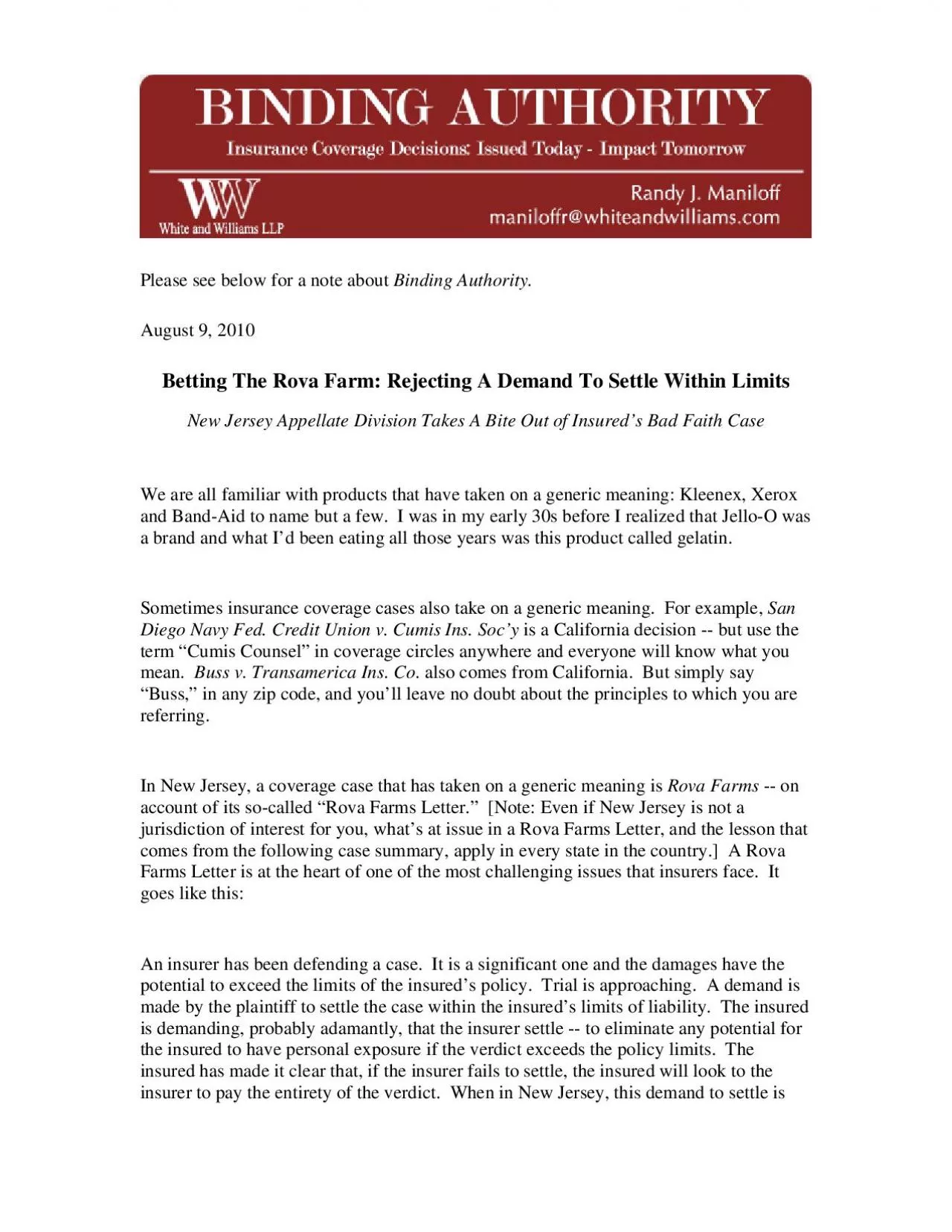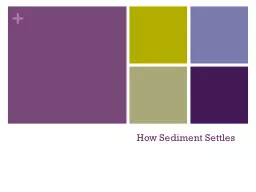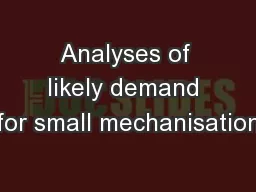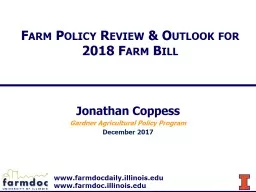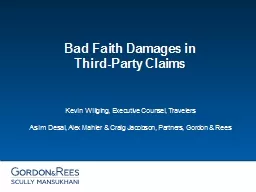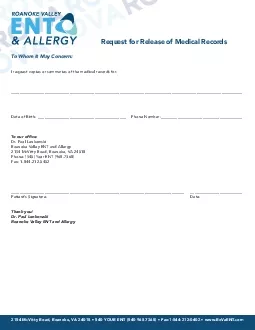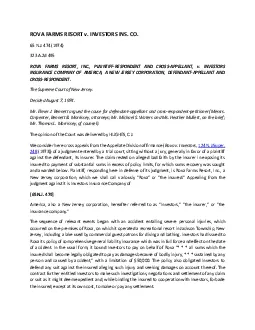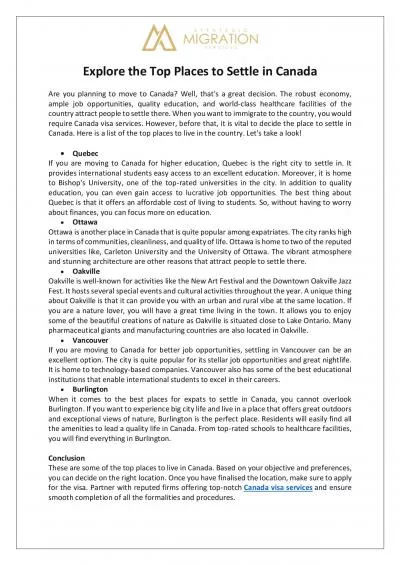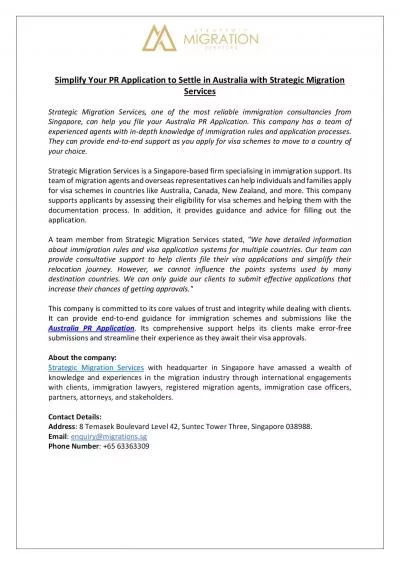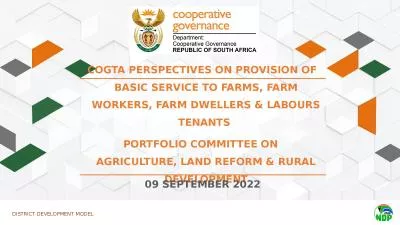PDF-Binding AuthorityBetting The Rova Farm Rejecting A Demand To Settle Wi
Author : murphy | Published Date : 2021-08-19
mmonly called a Rova Farms Letter named after the leading case to address the issue In West Virginia the same demand comes by way of a Shamblin Letter And in Texas
Presentation Embed Code
Download Presentation
Download Presentation The PPT/PDF document "Binding AuthorityBetting The Rova Farm R..." is the property of its rightful owner. Permission is granted to download and print the materials on this website for personal, non-commercial use only, and to display it on your personal computer provided you do not modify the materials and that you retain all copyright notices contained in the materials. By downloading content from our website, you accept the terms of this agreement.
Binding AuthorityBetting The Rova Farm Rejecting A Demand To Settle Wi: Transcript
Download Rules Of Document
"Binding AuthorityBetting The Rova Farm Rejecting A Demand To Settle Wi"The content belongs to its owner. You may download and print it for personal use, without modification, and keep all copyright notices. By downloading, you agree to these terms.
Related Documents

